- Home
- Retrofit Cavity Insulation
Blow in Insulation
Blow in insulation is a fairly self-explanatory term. It basically involves a specialist firm drilling holes in the outer leaf of your cavity wall in order to pump in insulation.
This insulation then fills the cavities making your house easier to heat by retaining the heat for longer.
Blown in Insulation and timber frame properties:
Blow in insulation can only be retro-fitted to traditional cavity walls (where you have a masonry inner leaf and a masonry outer leaf).
If you add it to a timber frame house (in the UK), when you sell it the mortgage surveyor will likely say it’s not suitable for mortgage purposes (as they are directed to do so by the lending institutions).
So, why can’t it be installed in a timber frame house in the UK but it's ok in timber frame houses in the USA?
To be honest I’m not completely sure!
There was a report in the 1980’s where some timber frame houses in Scotland were filled with blow in insulation and the report focused on the potential damage that could be caused by the blow in insulation allowing moisture to penetrate and/or condensation to form against the frame and ultimately causing rot to the timber frame.
There have been many articles written over the years questioning the validity of this report and whether modern blow in EPS (expanded polystyrene) bead insulation would cause the same issue.
Personally I suspect the confusion has occurred from the different types of blow in insulation available. In the eighties it was more common to use mineral fibre wool as a blow in insulation rather than EPS beads (although these were used as well).
Either way, the lending institutions in the UK have instructed their valuers that the addition of cavity insulation to a timber frame property should be notified to them in the mortgage report. If it is detailed on the mortgage report, none of them (as far as I'm aware) will lend on these properties.
Types of Blow In Insulation:
- EPS Beads – these are expanded polystyrene beads that are designed to very specific tolerances to ensure they do not absorb water and to reduce the chances of transferring water across the cavity by capillary attraction.
They're available as white beads or grey beads and are usually mixed with an adhesive during the installation process. This allows them to form a single mass once in place within the cavity.
They grey beads have slightly better thermal properties than the white beads. - Mineral Wool – also referred to as mineral fibre wool, is made up of the same type of insulation you'll likely have seen in lofts. It can be a yellowish brown or white colour and when used in cavities it is treated with a water repellent (apparently).
Why I Don’t Like Fibre Insulation in Cavities:
In my opinion the use of fibre insulation (Fibreglass wool or Mineral Fibre wool) and Cellulose as a blown in insulation is a bad idea for several reasons:
- The fibre types are like cotton wool and will stick to anything. So imagine trying to blow it into a cavity between two masonry walls. It’s going to catch on the rough surfaces and you’ll end up with a cavity that’s not fully filled leaving you with large air pockets containing little or no insulation.
- According to the manufacturers it’s treated to prevent moisture absorption. However, in my personal opinion, and experience it does absorb and hold onto moisture and this will cause HUGE issues if moisture gets into the cavities. I've seen way to many properties with damp issues caused by fibre in the walls.
Today the use of fibre and Cellulose is thankfully less common as a blow in insulation (although it is still used). Instead the most common form is expanded polystyrene (EPS) beads. In the past they were typically white but now they're normally grey. The main difference with the grey beads, apart from the colour, is they have a slightly lower u-value (lower is better).
Advantages of blow in insulation:
As I see it, there are many advantages to upgrading your existing home by installing blown in insulation (but not with fibre, cellulose or spray foam):
- It’s a very simple and affordable way of improving the thermal efficiency of your existing home. Uninsulated walls can allow around a third of your heat to escape through them.
- It can be installed in a few hours and isn't an invasive process.
- It can be used to top up cavities that are already part filled with sheets of insulation (a very common form of construction throughout the 1980’s, 90’s, and 00’s).
- Even if your home is attached to your neighbours you can still have EPS beads installed as the installers can insert cavity barriers to keep the beads within your walls.
Disadvantages of blow in insulation:
- If you already have mineral fibre insulation in your cavities and want to install EPS, you'll have to have this removed first and that is expensive.
- If you already have expanding foam in your cavities you won’t be able to have EPS beads installed as removing the expanding foam is virtually impossible.
- The installers will have to drill holes in the outside surface of your walls in order to install it. However they will fill these holes on completion and match the finish as best they can although you will likely still see evidence of the remedial work. If you're building or renovating, the holes can be installed from the inside and then plastered over.
- For obvious reasons if your home doesn't have cavity walls this type of insulation can't be installed and you'll have to consider internal or external insulation.
- If you live in an area which is exposed to driving rain your property may not be suitable for installing full fill cavity insulation. This is because driven rain can be pushed through facing brick, block and cracks etc. which can reduce its efficiency and potentially cause penetrating damp.
For more information not he advantages and disadvantages of cavity fill insulation see my article on the issues here.
Installation Process:
When installing blown in insulation, your chosen company should carry out an initial survey to confirm that your home is suitable and provide you with a cost of installation.
Then on the day of installation they'll drill holes in the outer leaf of your external walls. These will mainly be at the top of the walls so that the beads will fall to the bottom and fill the cavity. They will however drill holes beneath all the window sills to ensure these areas also get filled properly.
Once they have the cavities filled they’ll fill the holes and match the finish to the surrounding finish as best they can.
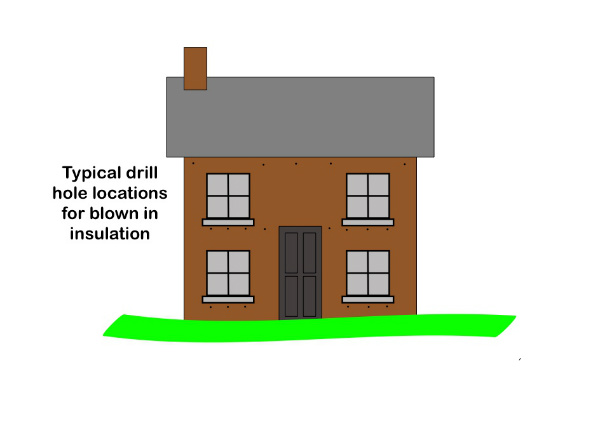
Precautions:
As with anything there are some precautions that should be noted before going down this route. But thankfully there aren’t that many.
- Driving rain – if you live in an area that is prone to a lot of driving rain you should take advice from the insulation firm and at the very least make sure they’re registered with N.I.A. (National Insulation Association) in the UK, as they provide an independent 25 year guarantee.
- Timber frame – As mentioned above you shouldn’t try to install cavity fill insulation to a timber frame house as regardless of what you or your installer may think about its effectiveness. If you ever need to borrow money against your timber frame house or indeed sell it and the surveyor suspects cavity fill insulation has been retrospectively added to your property it will likely be turned down for mortgage purposes (N.B. the insulation that was added during construction is fine).
Conclusion:
I suspect the initial concerns from the 1980’s report mentioned above, may have been worried about mineral fibre wool as a blow in insulant for timber framed building. If that’s the case I would have the same concerns, however I can’t see how EPS beads would create the same level of concern.
Unfortunately I can’t imagine the lending institutions will take any notice of my opinion and with the entire industry against the use of blow in insulation on existing timber frame properties I suspect nothing will change.
However if you have a traditional cavity house with part or no insulation then blow in insulation is a cheap and effective way of increasing the thermal efficiency of your home significantly.
If you're still not convinced have a look at my article on the best types of insulation for homes for more ideas including loft insulation and rigid foam insulation etc.
- Home
- Home Insulation
- Retrofit Cavity Insulation
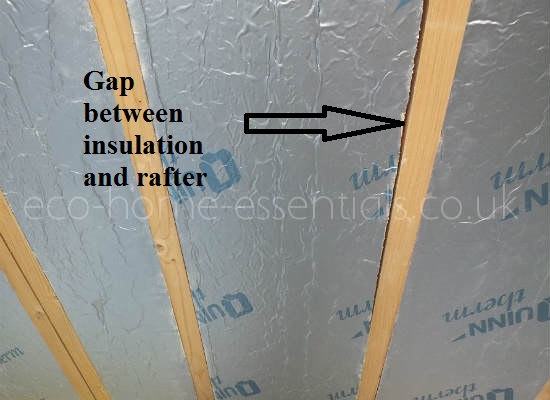
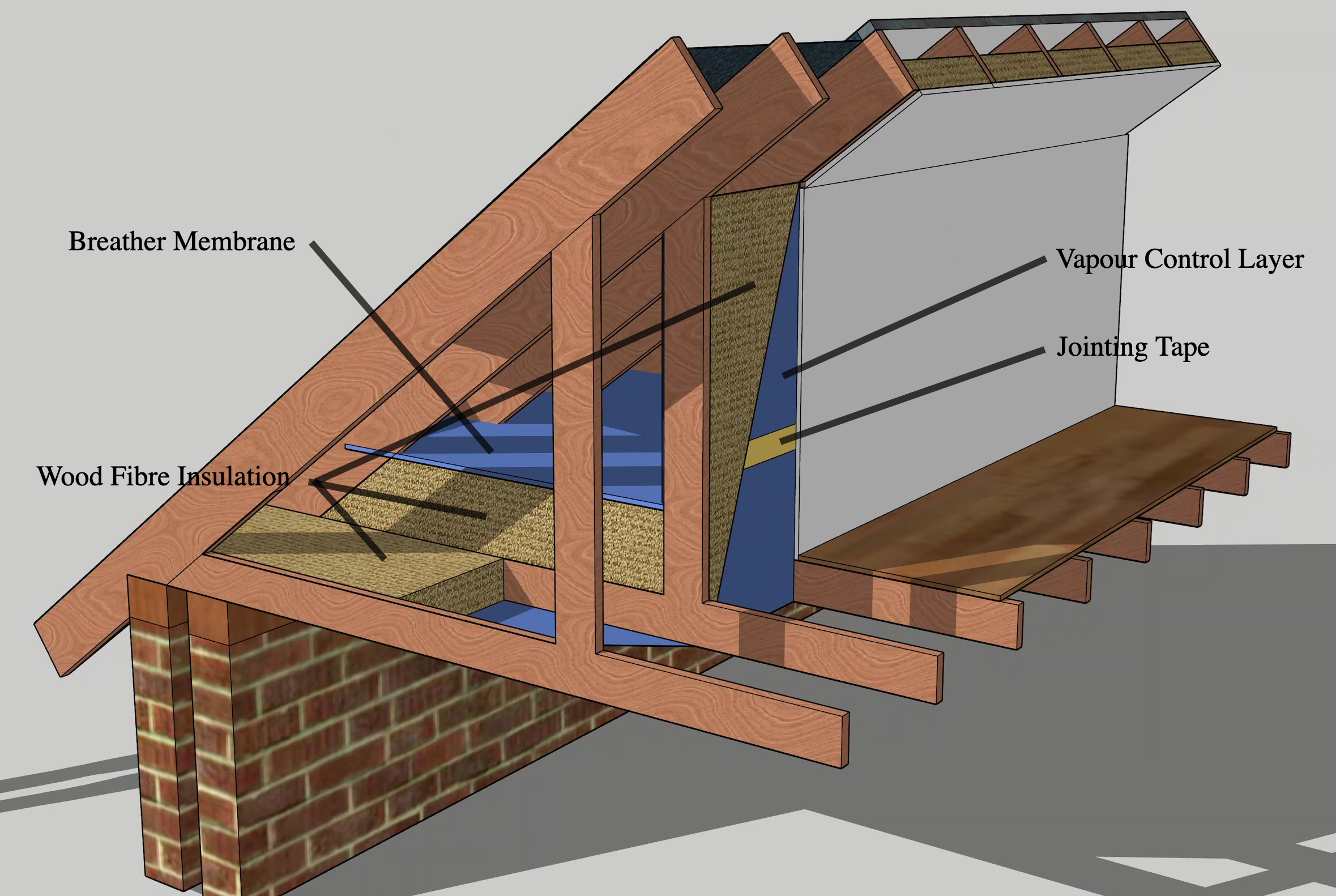
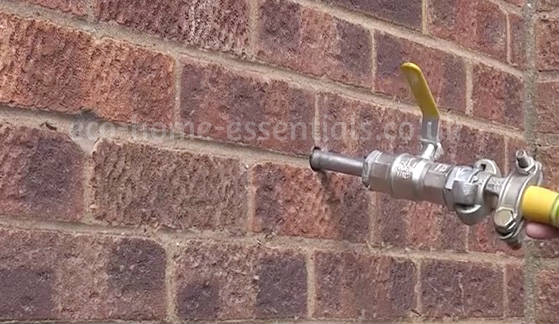
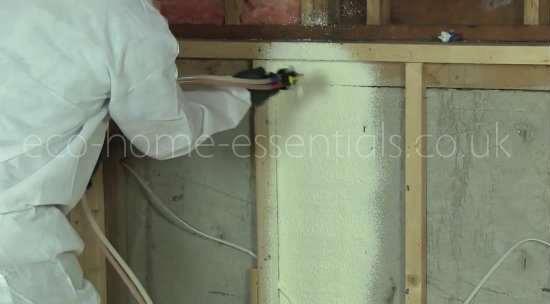
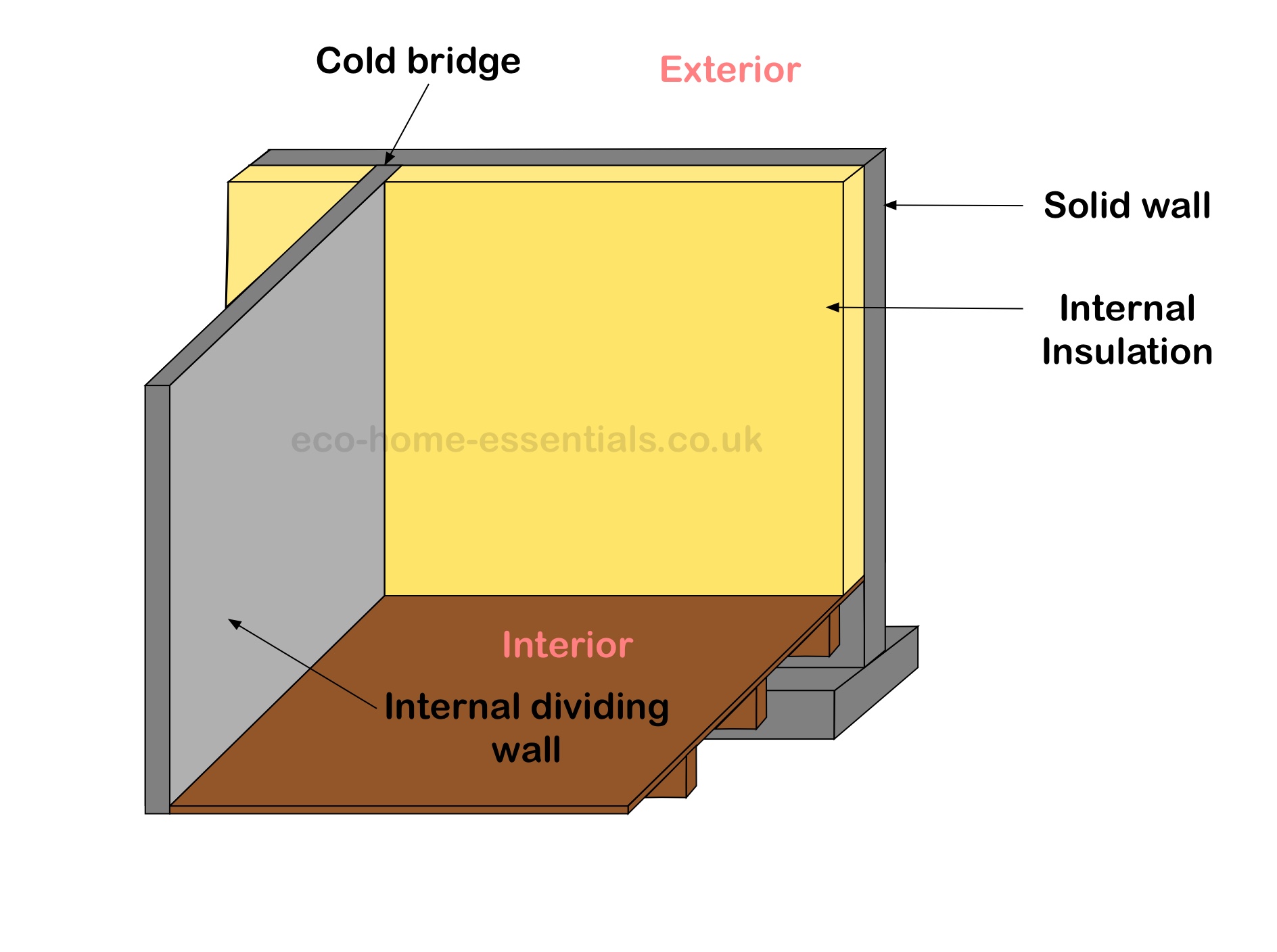
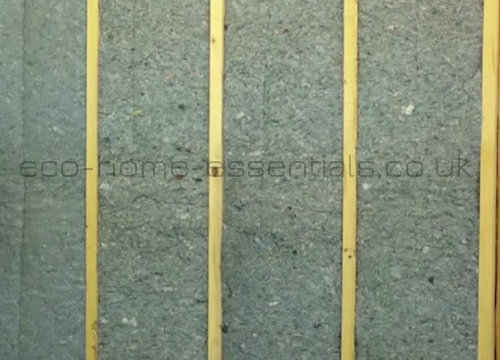
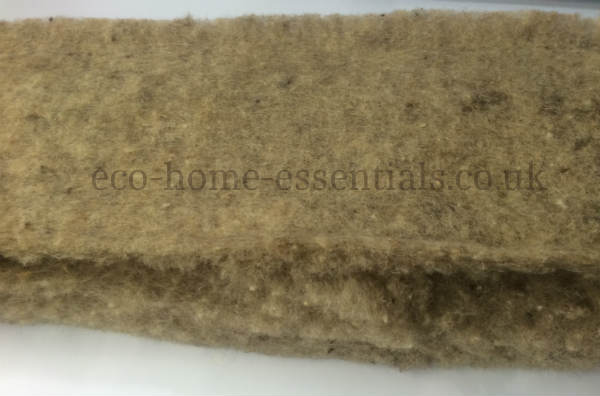
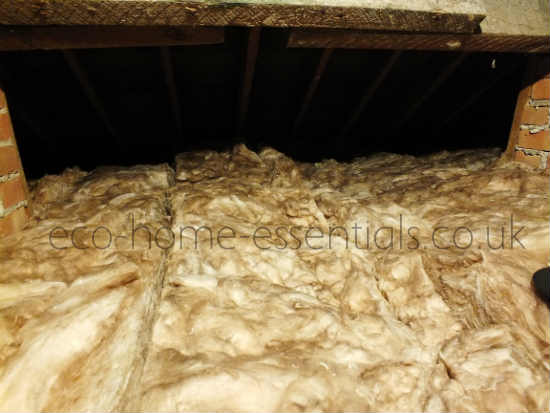
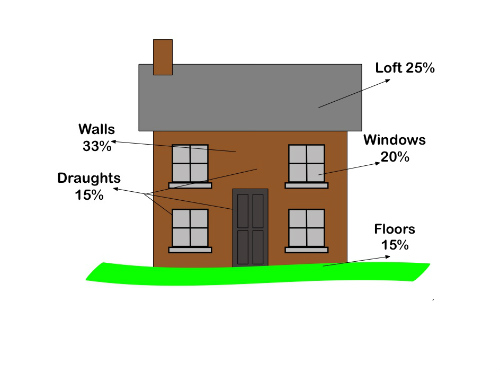
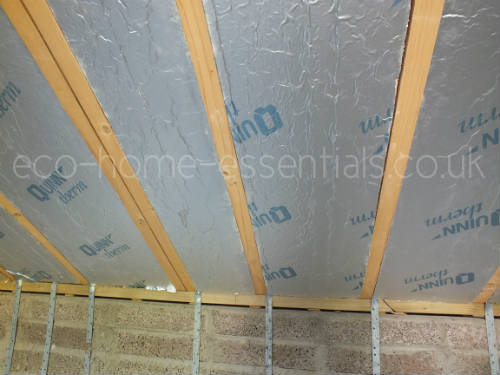
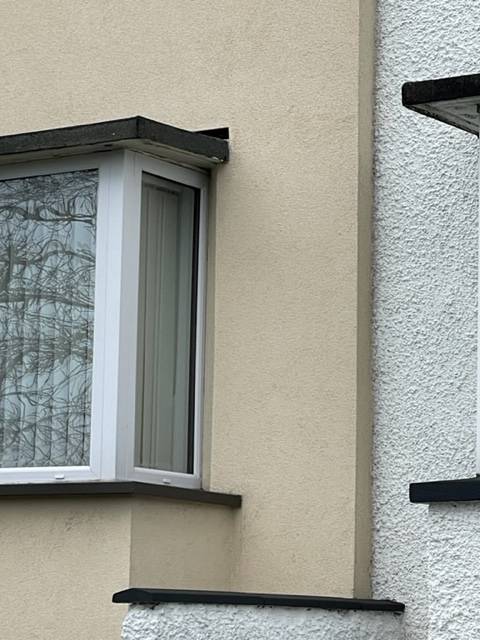
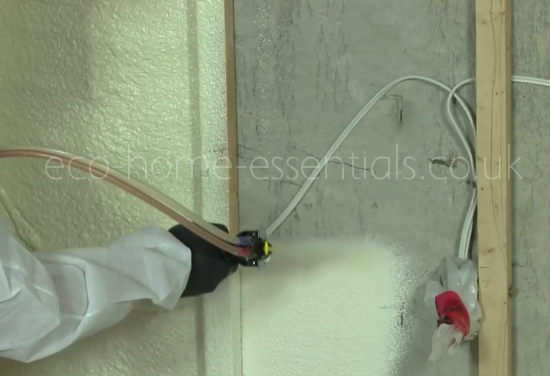
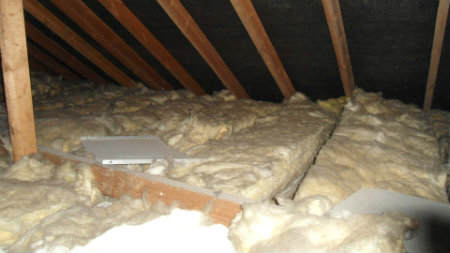
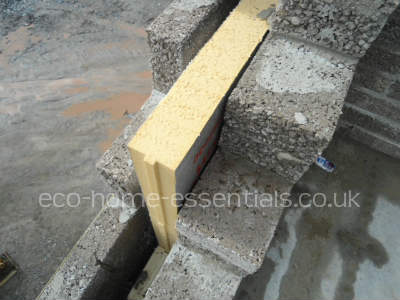
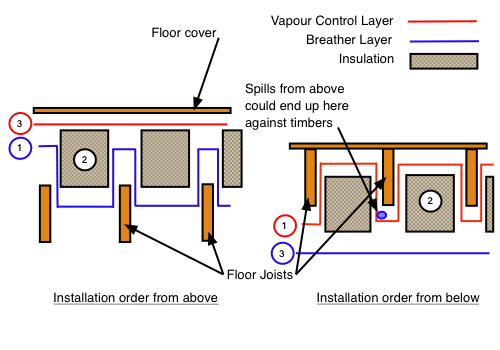
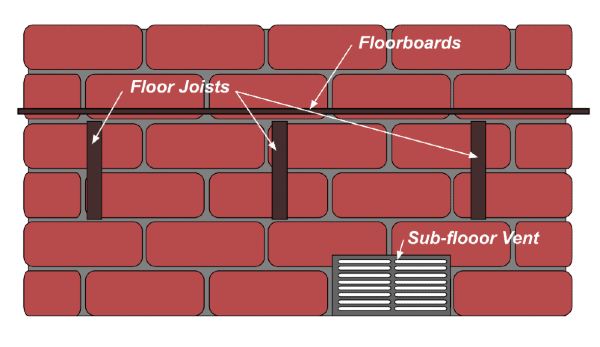
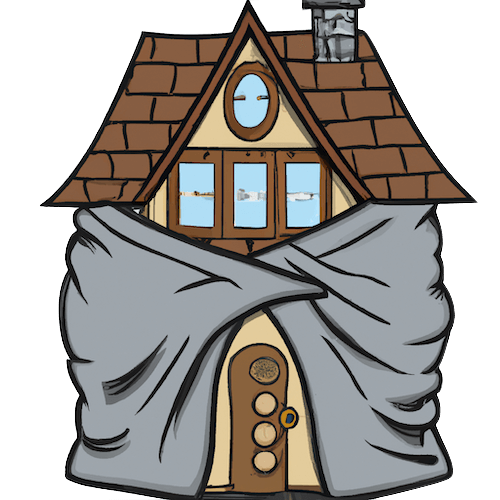
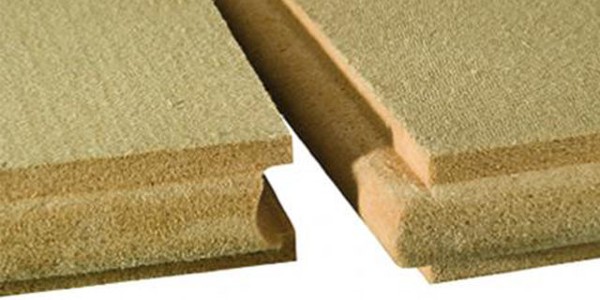
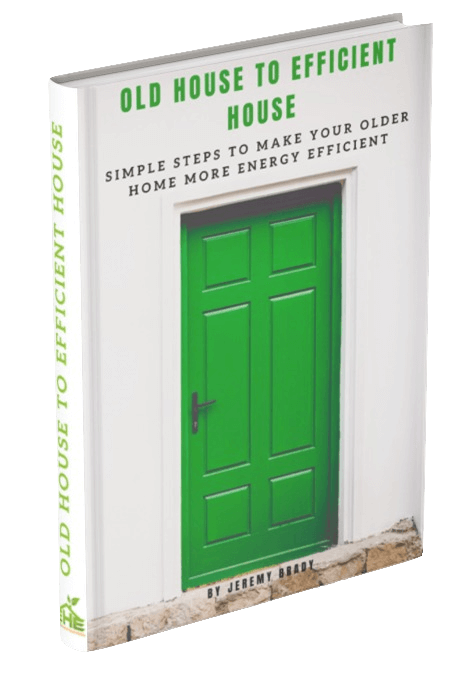




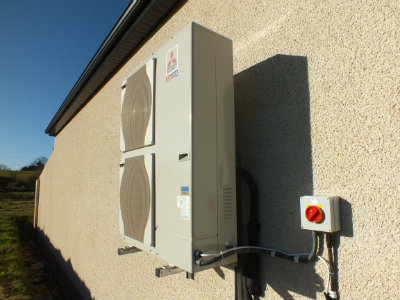

New! Comments
Have your say about what you just read! Leave me a comment in the box below.